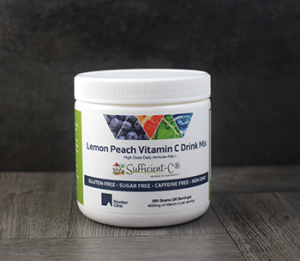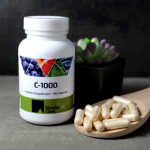12 Months to a Healthier You! (Month 4)

Month 3: Avoid the Standard American Diet (SAD)
Dr Anne Zauderer
It’s true. Most people have a SAD diet these days. The Standard American Diet, or SAD, is high in meat, dairy, sugar, poor quality fats, highly refined grains and processed foods. Most of us have been raised in a world where this is considered “normal.” One recent study1 found that nearly 60% of Americans’ daily calories come from “ultraprocessed” food. The researchers defined this as food that contains artificial flavors, colors, sweeteners, hydrogenated oils, emulsifiers and any other additive that can’t be found in the average person’s home kitchen. All of these ingredients are added to reduce cost and increase consumption. However, our diets didn’t always look like this.
100 years ago, there were very few processed foods in the American diet. Most meals were made from scratch. However, a shift in the American diet started to occur as big businesses got involved. They figured out that they could sell more food if they made it better tasting, more convenient, less expensive, and easily accessible. How did they achieve this? By transforming food as it was known.
These are some of the ways our food has been transformed and why:
- Increased use of high fructose corn syrup because it is half the cost cane sugar and has a greater relative sweetness (causing us to want more of it).
- Less fiber in our diets because fiber is not very shelf-stable and does not freeze well. The average person used to eat 200-300 grams of fiber per day. Today, the average is 12 grams per day.
- Increased use of hydrogenated oils because they are cheaper and more shelf-stable. Consumption of these trans fats increases our risk of cardiovascular disease.2
- Increased use of chemical additives and preservatives. These make foods more shelf-stable. Some examples are: BHA/BHT, sodium nitrate (“nitrates”), sodium benzoate, sulfur dioxide (“sulfites”).
- Increased availability of heavily sweetened foods. For example: in some places it is less expensive to buy a soda or sports drink than it is to buy water.
How do we avoid a SAD diet?
The answer is easier than you think! Just eat real food. You can find all of the real food if you shop the perimeter of a grocery store. Look for fresh vegetables, grass-finished meat, nuts, seeds, legumes and whole grains. Preparing meals from scratch takes more planning, but you will spend less (compared to eating out) and give yourself nutrient-dense foods that will fuel your body rather than deplete it.
- Martínez Steele E, Baraldi LG, Louzada MLDC, et al. Ultra-processed foods and added sugars in the US diet: evidence from a nationally representative cross-sectional study BMJ Open 2016;6:e009892. doi: 10.1136/bmjopen-2015-009892
- Iqbal MP. Trans fatty acids – A risk factor for cardiovascular disease. Pakistan Journal of Medical Sciences. 2014;30(1):194-197. doi:10.12669/pjms.301.4525.





